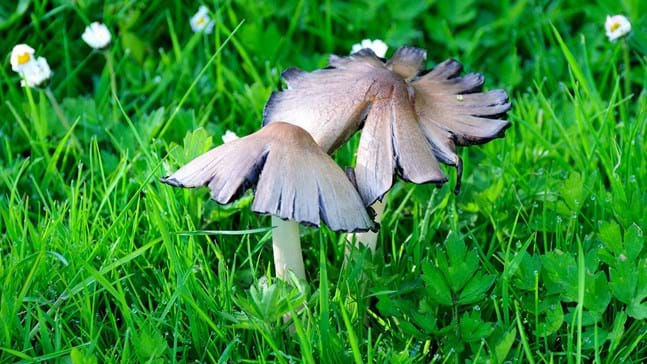
Credit: Pjrnature / Alamy Stock Photo
Where to find common inkcap
Common inkcap is widespread in the UK. It grows in pastures, parks and gardens, and on tree stumps and pavements; in fact wherever there is buried wood.
Sticky and useful, inkcaps were used as a source of ink for important documents to guard against forgeries.
Common names: common inkcap, tippler’s bane
Scientific name: Coprinopsis atramentaria
Family: Psathyrellaceae
Fruiting season: spring to early winter after rain
Habitat: dead and decaying wood
Common inkcap fungus grows in tufts from buried decaying wood, usually appearing after rain. It can be up to 17cm tall, with a conical cap and shaggy edge which often drips an inky liquid.
Cap: fawn-grey, egg-shaped, and mostly smooth at first. Develops into a conical cap, 3–7cm in diameter, grooved and often split at the edges, eventually turning black.
Gills/spores: white at first, then brown and then black as the gills ‘autodigest’ into a thick inky liquid which drips from the edges of the cap. The spores are of an elliptical shape and its spore print is black.
Stipe (stalk): hollow white stem with reddish-brown fibres called fibrils.
Not to be confused with: glistening inkcap (Coprinus micaceus), which is smaller and redder when young.

Credit: Pjrnature / Alamy Stock Photo
Common inkcap is widespread in the UK. It grows in pastures, parks and gardens, and on tree stumps and pavements; in fact wherever there is buried wood.
Historically common inkcap was used to make ink for important documents. It would guard against forgery as the spores could be detected under a microscope.
It is also known as ‘tippler’s bane’ because it is poisonous if alcohol is consumed up to three days before and up to three days after eating it, causing nausea and hot flushes.

Helen Keating • 31 Aug 2017
Mushrooms (or toadstools) is a term given to the fleshy, spore-bearing fruiting bodies that certain fungi produce. Here are nine common mushrooms that you may come across.
Start identifying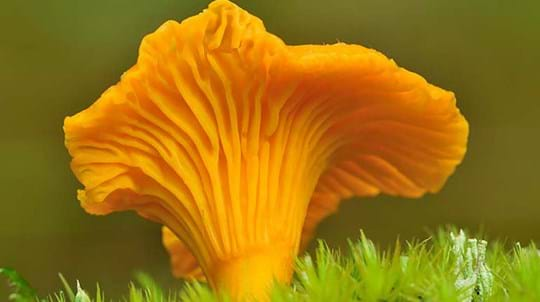
Trees woods and wildlife
A dazzling array of shapes, sizes and colours. Find out about fungi and lichens, from ancient taboos to magic and medicine.
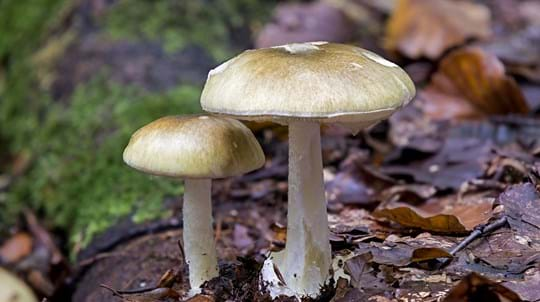
Blog
Helen Keating • 27 Oct 2022
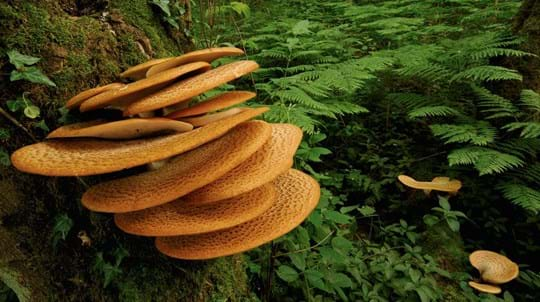
Blog
Amy Lewis • 21 Oct 2021
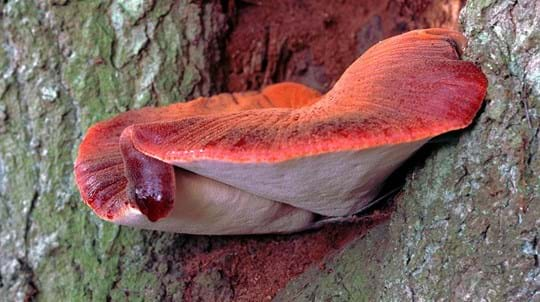
Blog
Helen Keating • 29 Oct 2018
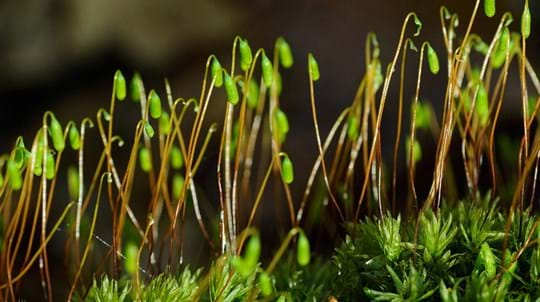
Trees woods and wildlife
Ancient and damp, mosses are part of a group of plants known as bryophytes. There are over 1,000 in the UK, and some have global significance.
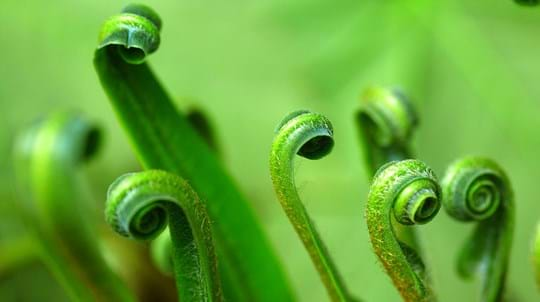
Trees woods and wildlife
Lush, ancient and primitive. Find out more about the UK's shade-tolerant woodland ferns.
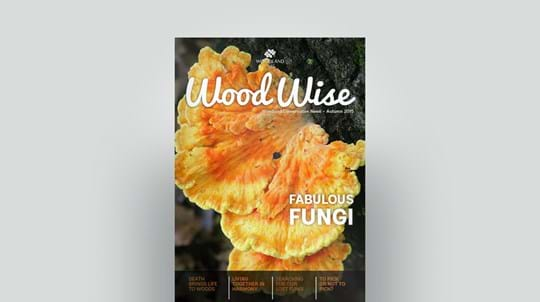
Journal
PDF (1.58 MB)
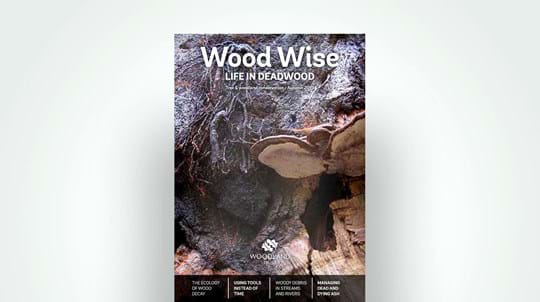
Journal
PDF (4.01 MB)